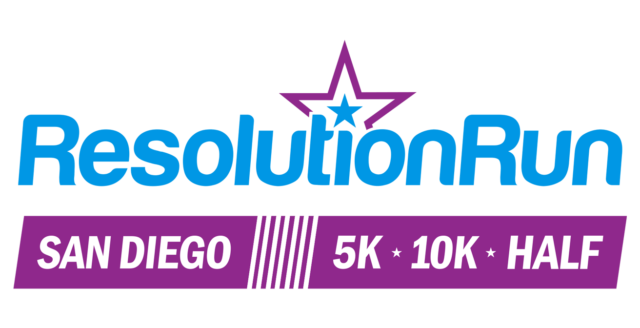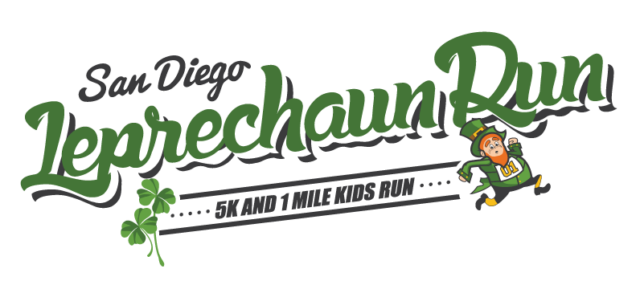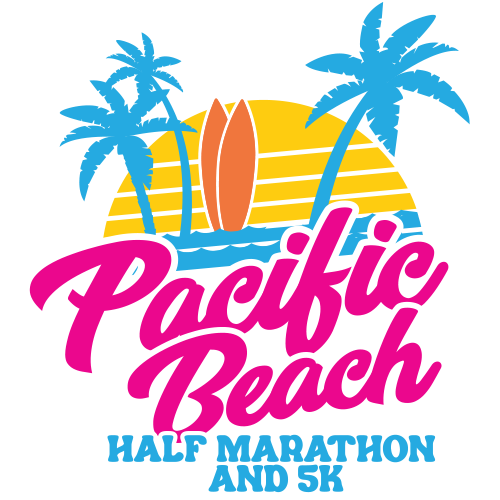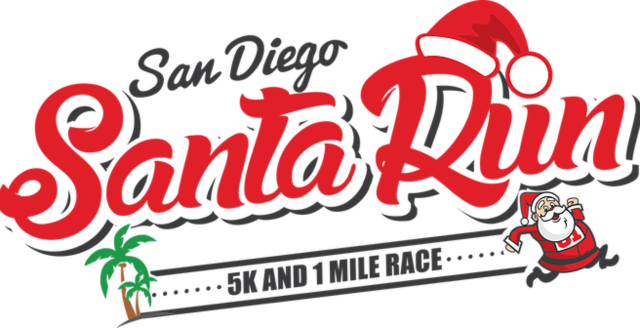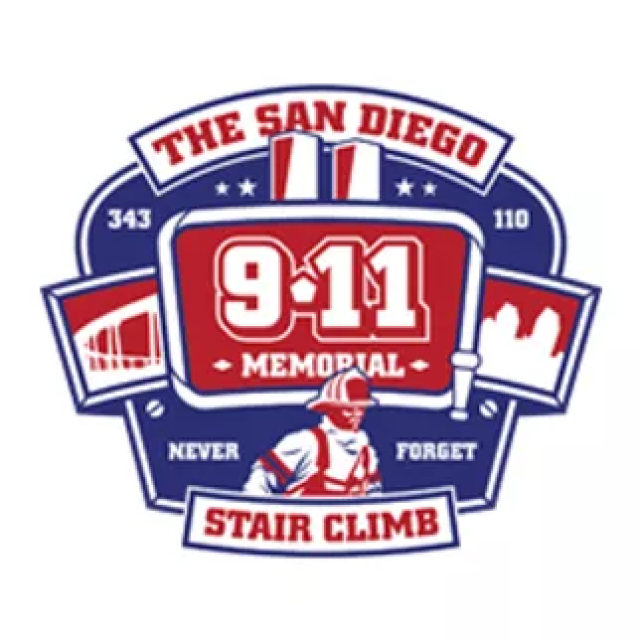About the Author: Meet Christy, Marketing Director at San Diego Running Co. and a runner who’s been at it since her elementary school 1-miler club. These days, she’s swapping short laps for mountain miles as she trains for the Kodiak 100K in Big Bear — and sharing her love for running (and gear opinions!) with the SDRC community along the way.
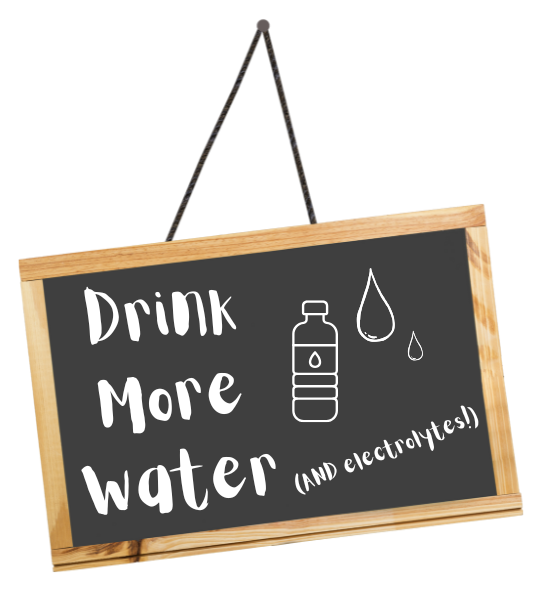
When it comes to hydration on the run, there’s no one-size-fits-all solution. Every runner has different preferences, needs, and comfort levels. What works for me may not work for you — and that’s completely normal!
This post is a mix of personal experience, conversations with other runners, and research from trusted blogs, gear reviews, and expert guides. My goal is to give you an overview of the main options so you can find the hydration setup that works best for your runs.
Let’s dive into the different categories of hydration tools, when to use them, and some top products to consider.
The Main Categories of Hydration Tools
Runners generally choose from three main types of hydration products:
- Handheld water bottles
- Hydration vests/packs
- Belts/waist-mounted options
Each has pros and cons depending on distance, terrain, weather, and personal preference.
Handheld Water Bottles
Handheld bottles are the simplest option for staying hydrated on the go. They usually feature an ergonomic shape and a strap system so you don’t have to constantly grip the bottle while running.
- Typical volume: 10–18 oz
- Best for: 5–20 miles or 1–4 hours (depending on conditions like heat and humidity)
💭 Christy’s take: Smaller is better. I prefer bottles around 12 oz because they bounce less, and if I need more than that, I typically switch to a vest or belt. For me, the need for more water often goes hand-in-hand with needing more fuel — so a vest or belt with extra storage makes more sense.
Brands to check out: Nathan, Amphipod, Hydrapak
Popular options:
- Amphipod Hydraform Ergo-Lite Ultra Handheld Water Bottle – 20 oz (~$40)
- Pro: Enough space for a phone, gels, and keys. Wide-mouth opening fits ice cubes — great for hot days.
- HydraPak SkyFlask Speed 500 ml (~17 oz) (~$33)
- Pro: Ultra-light, versatile shape that works handheld, in a belt, or in a vest.
🌟Christy’s Current Favorite:
- ExoShot 2.0 Handheld 14oz (~$44)
- Pro: The soft flask design means that as you drink, the bottle shrinks, avoiding sloshing and bouncing.
- Walmart Hydration Bottle Pack with Zippered Pocket – 10 oz (~$25)
- I haven’t used this particular bottle, but it’s similar to my discontinued Nathan 10 oz. handheld — perfect size for a 6-10 miler with minimal bounce.
Additional Resources:
🔗 Runner’s World: Best Running Water Bottles
🔗 Run to the Finish: Running Water Bottle Guide
Hydration Vests & Packs
If you need more water, fuel, or storage, hydration vests are the go-to. Options range from minimalist (around 1L/34 oz) to high-capacity setups (3L/100 oz+) with tons of storage space.
- Best for: Half marathon to ultra distances
- Typical capacity: 1–3L of water, plus 1.5–12L of gear storage
✅ Benefits:
- Balanced weight distribution across the torso
- Hands-free hydration (via bladder or front-mounted flasks)
- Extra storage for gels, phone, layers, and gear
⚠️ Downsides:
- Fit matters — poor sizing or layering can cause bounce or chafing
When to consider a vest:
- Runs lasting longer than an hour (especially at higher intensity)
- Runs in hot or humid weather, even as short as 5 miles
- When you need to carry both fluids and fuel comfortably
- If you sweat heavily and need more than handheld capacity
💭 Christy’s take: For trail and ultra runs, vests are king. I personally love them for long days because they let me carry everything I need without worrying about running out of water and/or fuel.
Brands/products to check out:
- Salomon S/LAB PULSAR 3 (~$160) — Salomon in general is considered the gold standard in trail running hydration vests
- ON Running Ultra Vest 5L (~$150)
- Lululemon Fast and Free Trail Running Vest (~$148) — available in men’s and women’s fits
- Osprey Duro™ 1.5 (~$120)
🌟 Christy’s Current Favorites:
- Osprey Dyna 1.L (~$120)
- Why I like it: Lighter, more minimalist option for mid-distance runs that doesn’t add unnecessary bulk.
- Salomon Active Skin 12 (~130)
- Why I like it: Great for those longer runs that keep me on the trail all day. This vest comes with 2 soft flasks, but you’ll have to add your own bladder.
Additional Resources:
🔗 REI: How to Choose a Hydration Vest
🔗 Runly: 7 Things to Consider Before Buying a Hydration Vest
Belts & Waist-Mounted Options
Hydration belts have evolved a lot in recent years. They used to be limited to marathon training and came with small, hard plastic bottles. Now, many brands offer lightweight, soft flask-based options — even higher capacity belts for ultras.
- Best for: 10K to ultra (depends on the belt and your comfort)
💭 Anecdotal insight: Some runners prefer belts if vests cause upper-back strain. Belts like the Salomon Pulse/High Pulse provide storage and hydration without the bulk of a vest.
Brands/products to check out:
- Salomon Pulse/High Pulse Belt (~$50–$80 depending on model)
- Nathan Trail Mix Plus Insulated Belt (~$55)
- FlipBelt Arc with Bottles (~$50)
Additional Resources:
🔗 Runner’s World: Best Hydration Belts
🔗 Brooks: Running Belt Guide
🔗 Runly: Running Vest vs Belt
Choosing What’s Right for You
When it comes down to it, your choice depends on:
- Distance & time on feet: short runs = handheld; long runs = vest/belt
- Weather: hotter conditions = more water needed sooner
- Comfort & convenience: do you prefer hands-free or handheld?
- Storage needs: just water, or water + fuel + phone + keys?
- Personal preference: some runners just can’t stand bottles in their hands or pressure on their torso
💡 Not sure where to start? Choosing the right hydration system depends on your mileage, comfort, and personal preference. To help you decide, here’s a quick side-by-side comparison of handheld bottles, hydration vests, and hydration belts so you can see which setup best fits your runs.
| Option | Typical Capacity | Best For | Pros | Cons | Brands to Check Out |
| Handheld Bottle | 10–18 oz | 5–20 miles / 1–4 hrs | Lightweight, simple, ergonomic straps, easy refill access | Limited storage, may cause bounce, can affect running form if heavy | Nathan, Amphipod, HydraPak |
| Hydration Vest | 1–3L (34–100 oz) + gear storage | Half Marathon → Ultra / 2+ hrs | Balanced weight, hands-free hydration, lots of storage for fuel/gear, customizable setup (bladder or soft flasks) | Fit can cause chafing, more expensive, overkill for short runs | Salomon, Osprey, ON, Lululemon, Nathan |
| Hydration Belt | 10–34 oz (soft or hard flasks) | 10K → Marathon / Trail & Ultra alternatives | Hands-free, lighter than vest, growing range of soft flask options, less upper-body strain | Bounce if not fitted well, limited storage, can feel restrictive at waist | Salomon, Amphipod, Nathan, Brooks |
Final Thoughts
Finding the right hydration system isn’t a one-size-fits-all decision. Just like shoes or fueling strategies, what works perfectly for one runner might not work at all for another. This post is built on a mix of research, runner conversations, and personal opinion — so think of it as a starting point, not the finish line.
The best advice? Experiment. Try a few setups and see what feels right. Borrow from a friend, visit a local running store, or start with one option (like a handheld) and build up to a vest or belt as your runs get longer. Pay attention to how your body feels, how much water you actually need in different conditions, and what carrying system feels most natural.
The good news: there are more great options than ever before. With a little experimenting, you’ll find the right fit to keep you comfortable, fueled, and hydrated on every run.
